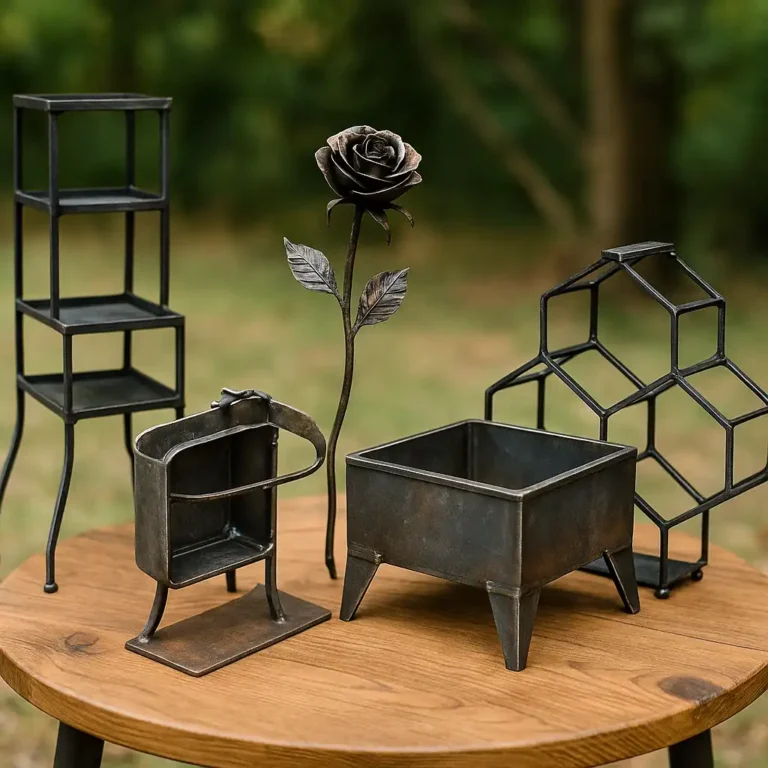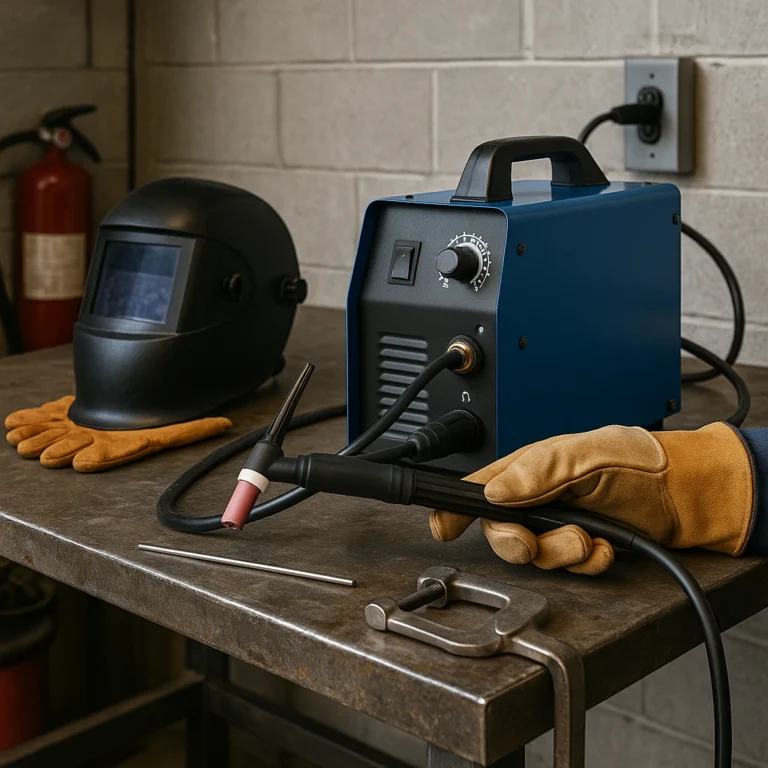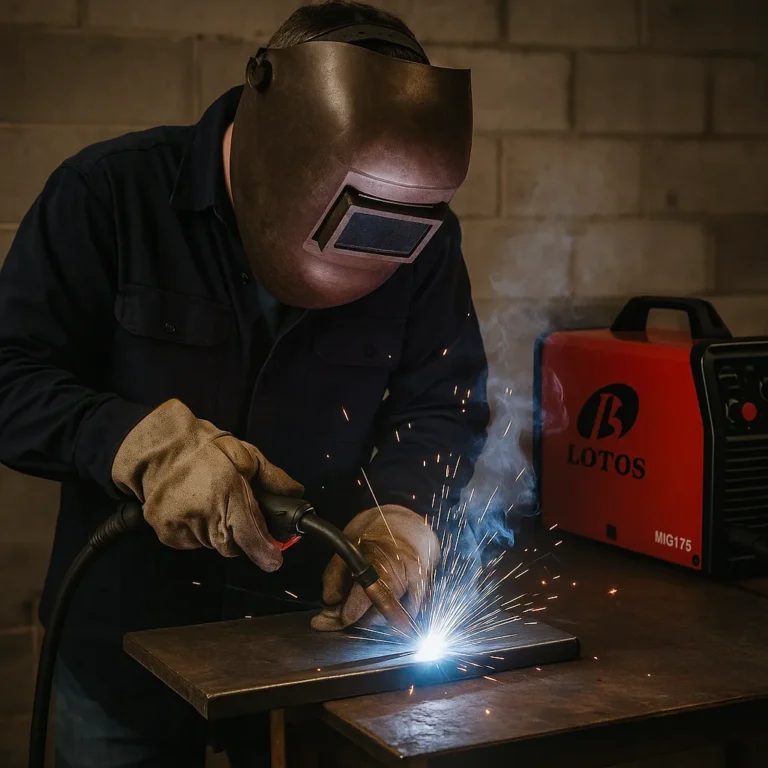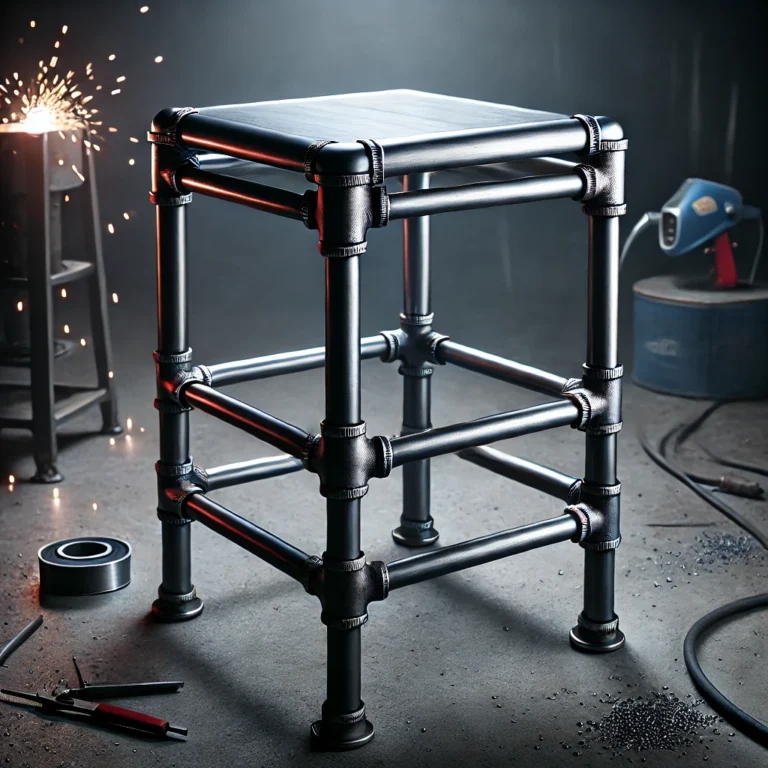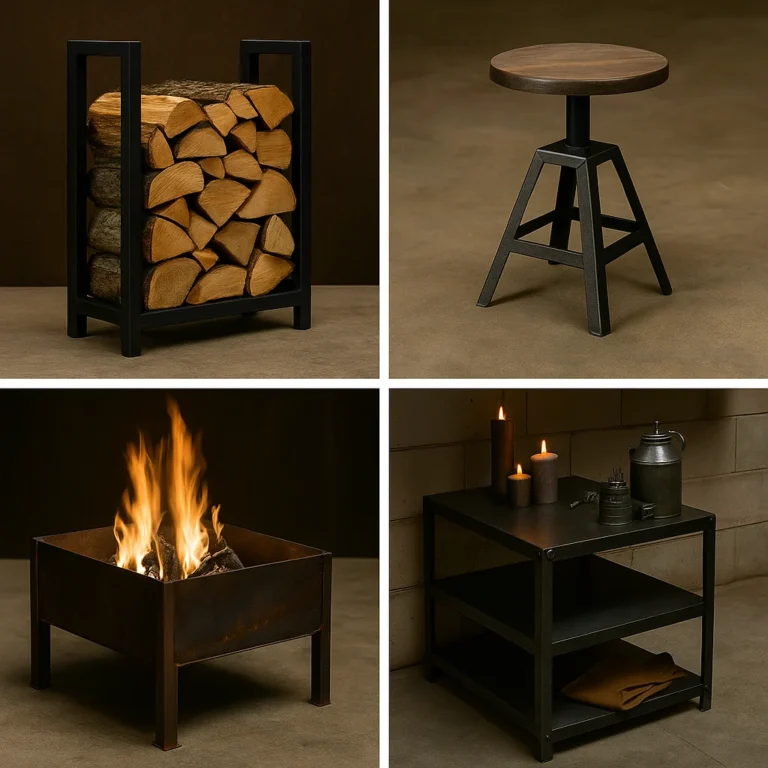How to Make Money Welding in Your Garage: Smart Side Hustles That Actually Work
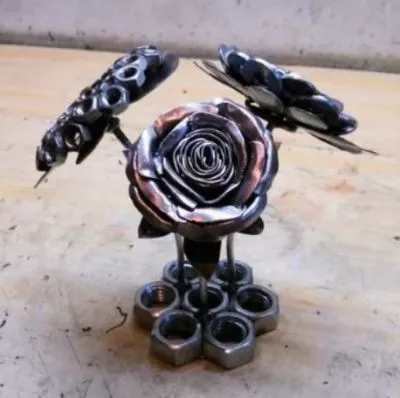
Disclosure: This post contains affiliate links. As an Amazon Associate, I earn from qualifying purchases—at no extra cost to you.
Welding doesn’t have to stay a hobby. If you’ve got a decent setup at home, you’re already halfway to turning those skills into a real income stream. Whether you’re looking for extra weekend cash or dreaming of a full-blown side hustle, your garage can be the perfect launchpad.
Let’s explore how to set up for small welding jobs, what kind of projects sell, and how to actually find paying customers—without needing a full-blown fabrication shop.
Set Up Your Garage for Work That Pays
You don’t need a commercial shop to start taking on welding projects. A basic 120V flux core or MIG welder works for most beginner builds. Add in a sturdy workbench, some clamps, wire brush, safety gear, and a good auto-darkening helmet, and you’re ready to roll.
Ventilation is key. A box fan and an open window go a long way. Just make sure you’re working safely—clear out flammables, keep a fire extinguisher nearby, and check that your wiring can handle your welder’s load.
3 Simple Welding Projects That Sell
If you’re wondering what to actually make, focus on things that are useful, repeatable, and don’t require tons of material. Here are three ideas that many garage welders have had success with:
1. Custom BBQ Grills and Smokers
Outdoor cooking gear is always in demand. You can start small—like repurposing steel drums or pipe for smokers. A simple charcoal grill or even a firepit ring made from scrap steel can turn heads. Many folks love the “handmade” vibe, especially for backyard setups.

2. Metal Trellises and Plant Stands
Gardeners love metal decor that doesn’t fall apart in a year. These are quick to build, easy to customize, and ideal for selling locally at flea markets, Facebook Marketplace, or even garden centers. You can use basic steel rod, horseshoes, or rebar to create your own designs.

3. Trailer Repairs and Mods
Even if you’re not fabricating full trailers, there’s a steady market for small repairs—like replacing tailgates, fixing mesh flooring, or welding new D-rings. If your garage has enough space to work on a trailer tongue or ramp, this can become a reliable source of word-of-mouth work.

Keep Your Costs Low and Workflow Tight
Materials can eat into profits fast. That’s why a lot of welders pick up scrap steel from local suppliers or take apart old bed frames and shelving. You don’t need to buy new steel for every project—especially when you’re just testing ideas.
Try to focus on projects that don’t require constant custom measurements or retooling. The more you repeat a design, the faster you’ll be—and the better your margins.
Selling Your Work Without a Website
Getting started doesn’t mean launching a brand. Most small welding hustles grow through simple word-of-mouth, clean photos, and local listings.
Use Facebook Marketplace, Craigslist, or post on community boards. Keep your descriptions clear and honest. One finished firepit or smoker with a few good photos can lead to multiple orders—especially if you deliver on time and your welds look clean.
Conclusion
Welding in your garage can be more than a hobby—it can be a reliable way to earn money, one project at a time. With a simple setup, smart safety practices, and a few creative ideas, you can build useful things people want and turn your skills into side income. Whether you’re repairing a trailer ramp or crafting a custom BBQ smoker, every job helps build momentum. Start small, work smart, and let your garage hustle grow naturally.


